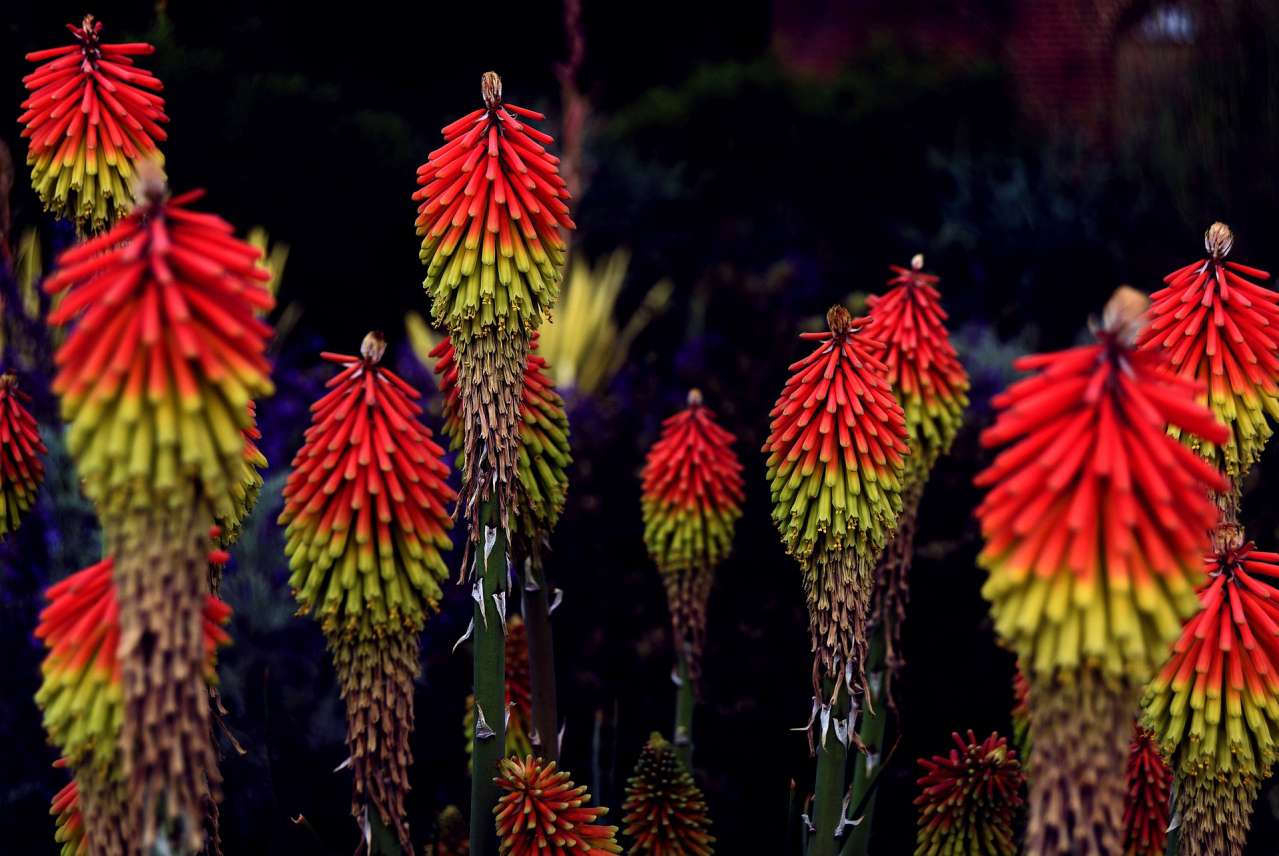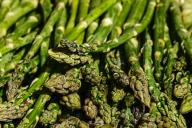The plant likes moist soil, but stagnation is not allowed.
This leads to rotting of the root system.
In hot weather, abundant watering of the plant is required.
In late autumn it is necessary to cut off dry inflorescences.
When to plant Kniphofia
Already in early June, bushes can be planted on the site.

The first flower stalks with this method of cultivation appear in the second year.
Reproduction by vegetative method (dividing the bush) is carried out in the spring.
In an adult plant, at least 3-4 years old, one or more rosettes are separated.
How Kniphofia grows
Kniphofia berry grows in the form of a fluffy tall shrub (about 2 meters in height).
The leaves are ray-shaped, with a silvery tint, reaching a length of 0.5 meters.
The inflorescences are also impressive, up to 25 centimeters in length.
How does Kniphofia reproduce
Kniphofia can be propagated by dividing the bush or by seeds.
To carry out seed propagation, you should buy fresh seeds in special stores.
When to prune Kniphofia
Most types of kniphofia are evergreen plants, so its leaves need to be protected and should not be cut off unnecessarily.
After winter, clean the plant, removing only dry leaves or tips on them.
Otherwise, the plant will begin to actively renew its vegetative mass to the detriment of lush flowering.
When is the best time to replant Kniphofia
When the first pair of leaves begins to form on the sprouts, drop them into separate cups.
Kniphofia berry reacts negatively to sudden cold snaps and dampness, so it is better to plant it in open ground in July.









